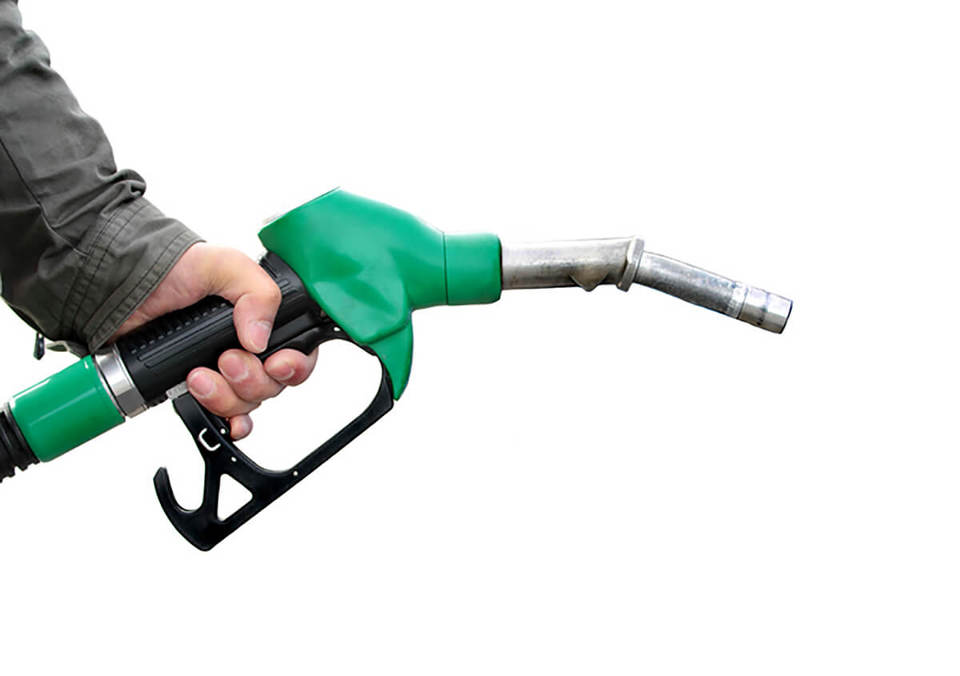The fleet industry has welcomed the fuel duty freeze announced by the Chancellor of the Exchequer as pump prices continue to fall.
Diesel prices were last month at their lowest since July 2012, averaging 136.59p per litre (ppl). That is in stark contrast to a year ago when fleets were faced with an average price of 145.24ppl.
However, ACFO chairman Damian James told Fleet News he was disappointed that George Osborne hadn’t done more on fuel for fleets.
He said: “What the Chancellor really needed to do to give business a boost was to cut fuel duty, not simply cancel a planned future tax increase.”
The message was the same from Andrew Hogsden, senior manager of Lex Autolease’s strategic fleet consultancy.
He said: “Reducing this burden would provide business with a much-needed cashflow boost as they look to capitalise on the opportunities presented by the recovering economy.”
Meanwhile, BVRLA chief executive Gerry Keaney, who also wanted a cut in fuel duty, told Fleet News: “The Chancellor likes to talk about tax cuts that deliver economic growth and therefore greater tax revenues in the long run. This is a classic example that he has chosen to ignore.”
The planned September 2014 fuel duty rise had already been scrapped in the Autumn Statement in 2013, but the Chancellor confirmed duty would be frozen until spring 2015 in the 2014 Budget.
The Government said that its latest freeze meant motorists would be paying 20ppl less than under the previous Government if planned rises had been introduced.
Fleets have introduced a range of measures to keep fuel costs in check during the past few years.
Gary Killeen, fleet services commercial leader for GE Capital UK, warned that low pump prices and a fuel duty freeze should not give way to complacency.
He said: “Any freeze or reduction in fuel duty should not be used as an excuse to avoid proactively managing fuel use.
“Fleet policies should be designed to get drivers behind the wheel of the most economical vehicles possible and they should drive those vehicles in a manner that is mindful of their fuel consumption.”
The Chancellor also revealed in the Budget that the fuel benefit charge multiplier for both cars and vans will increase by Retail Price Index inflation from April 6, 2015.
Killeen said: “This is a simple and sensible move that provides a high degree of stability to these charges.”
The multiplier is used with the appropriate percentage from the benefit-in-kind tax scale to determine the benefit on which the individual driver is taxed on private fuel paid ny the company.
However, Ian Featherstone, knowledge manager at the Energy Saving Trust, said: “It is worth considering that many business-use cars have P11D prices below £21,700, so drivers can easily pay more for the free fuel benefit than for the vehicle itself.”
EST has looked at the relative costs involved for a car emitting 108g/km of CO2 for both a 20% and 40% taxpayer (see table, below left). He explained: “There is a break-even figure that needs to be considered if you’re trying to persuade your drivers that free fuel isn’t a good idea.”
In its example, the vehicle has an official fuel economy of 67mpg and fuel has been priced at 139ppl – an estimated mid-point over the four-year period.
However, EST has assumed that the vehicle will use 15% more fuel than its official consumption figure suggests.
“In reality this could be even higher,” said Featherstone. “We see a 20% taxpayer is likely to be a winner. However, for a 40% taxpayer, the mileage break-even is quite high and it is rising year-by-year.
“Most would be better off if they were paying for the free fuel themselves and, as always with so-called free fuel, the fuel is actually paid for three times over.
“The employer pays for the fuel itself, then pays National Insurance Contributions on the benefit and the driver pays tax on the fuel itself.”





















Login to comment
Comments
No comments have been made yet.